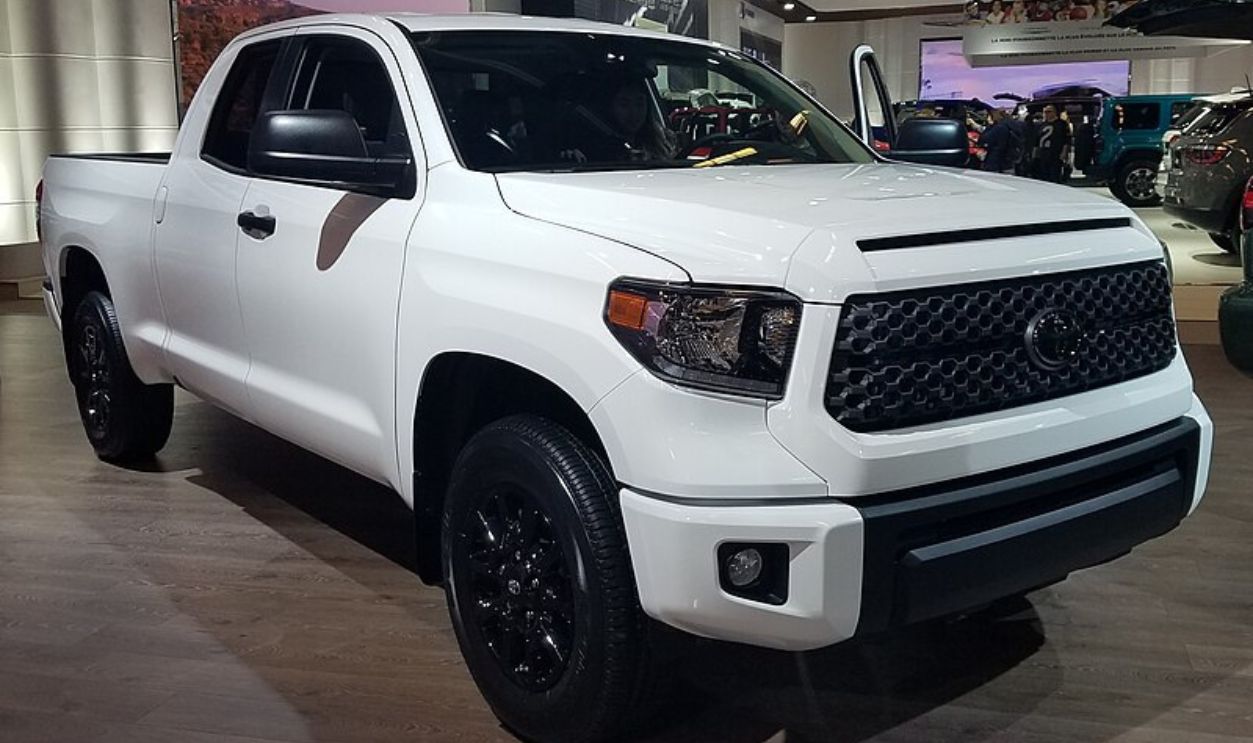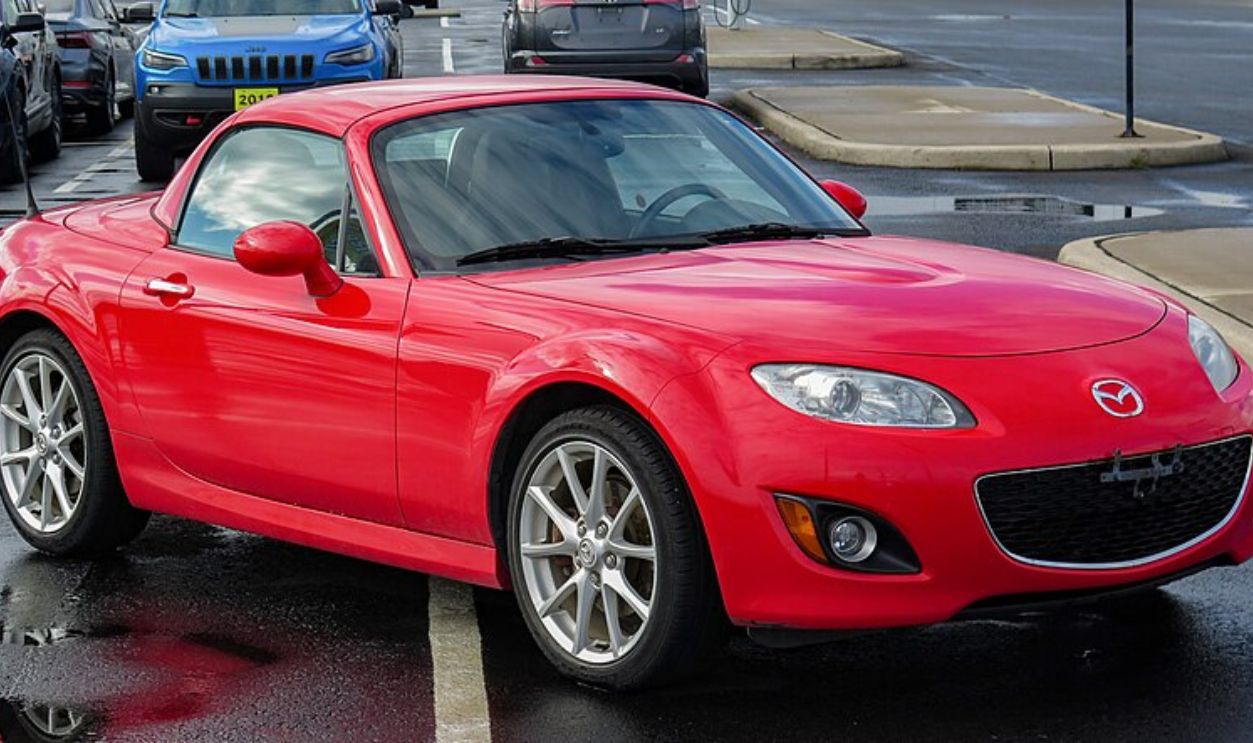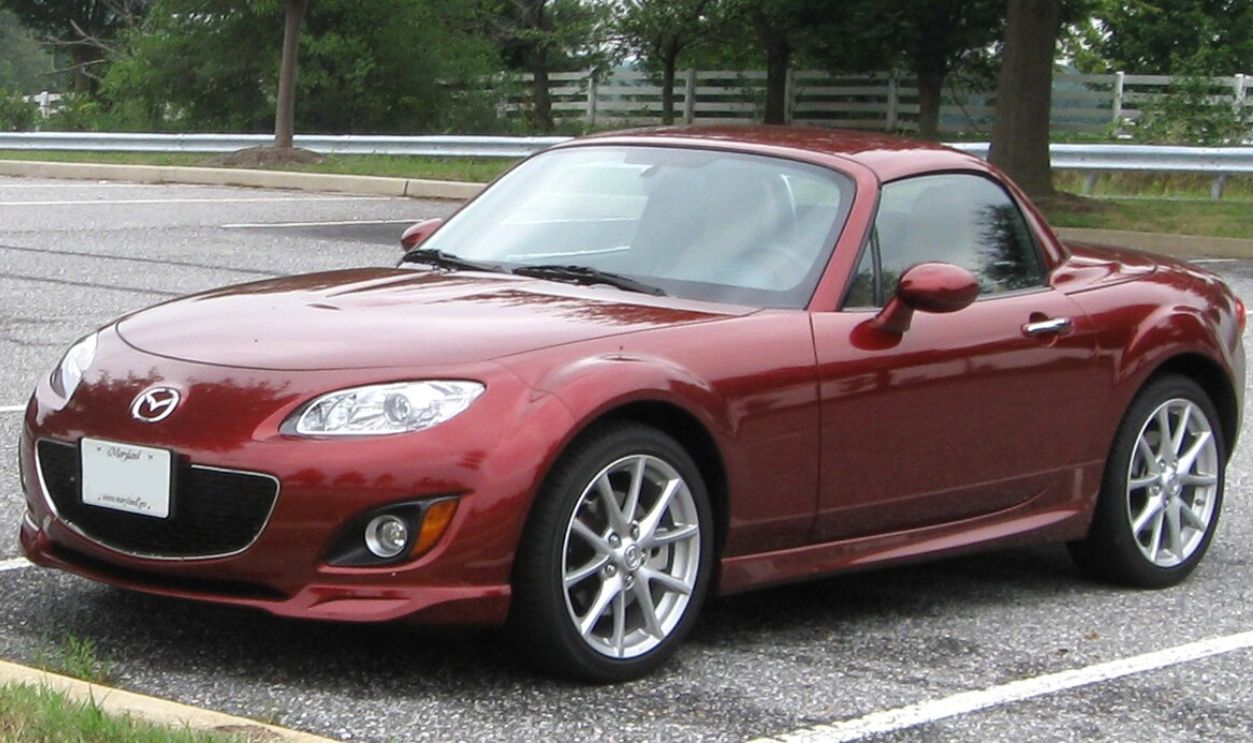Blindspot Blues
Ever slammed on your brakes because a car "came out of nowhere"? Well, you're not alone. Here are a couple of well-known automobiles that reportedly put style in the driver's seat and visibility in the blind spot.

Nissan 370Z
So, the 370Z has some pretty thick A-pillars that can block your view of cars next to you, making lane changes or merges kinda tricky. This layout tends to create serious blind spots, especially when you're dealing with bigger vehicles like SUVs and trucks.
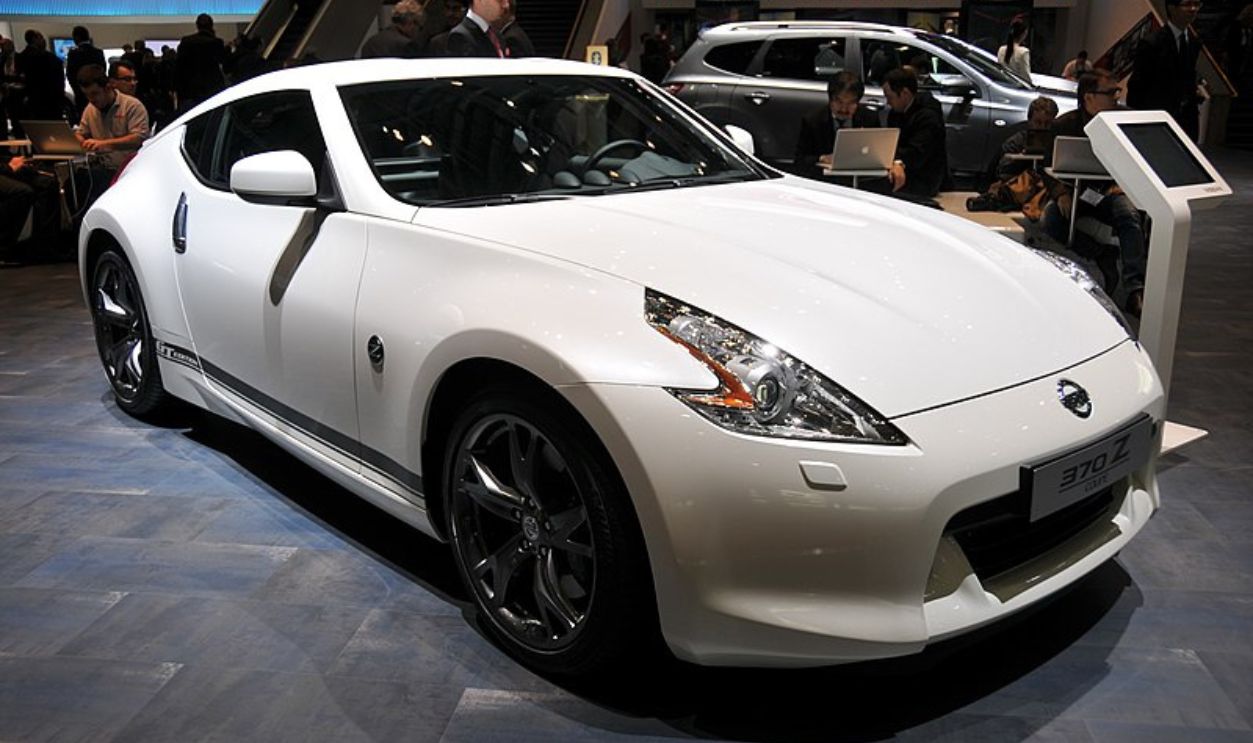 Autoviva, CC BY 2.0, Wikimedia Commons
Autoviva, CC BY 2.0, Wikimedia Commons
Nissan 370Z (Cont.)
A lot of drivers say they struggle to see behind when they're parking or backing up because of this. Additionally, the structure of the rear hatch is such that it contributes to this issue, and restricts over-the-shoulder visibility.
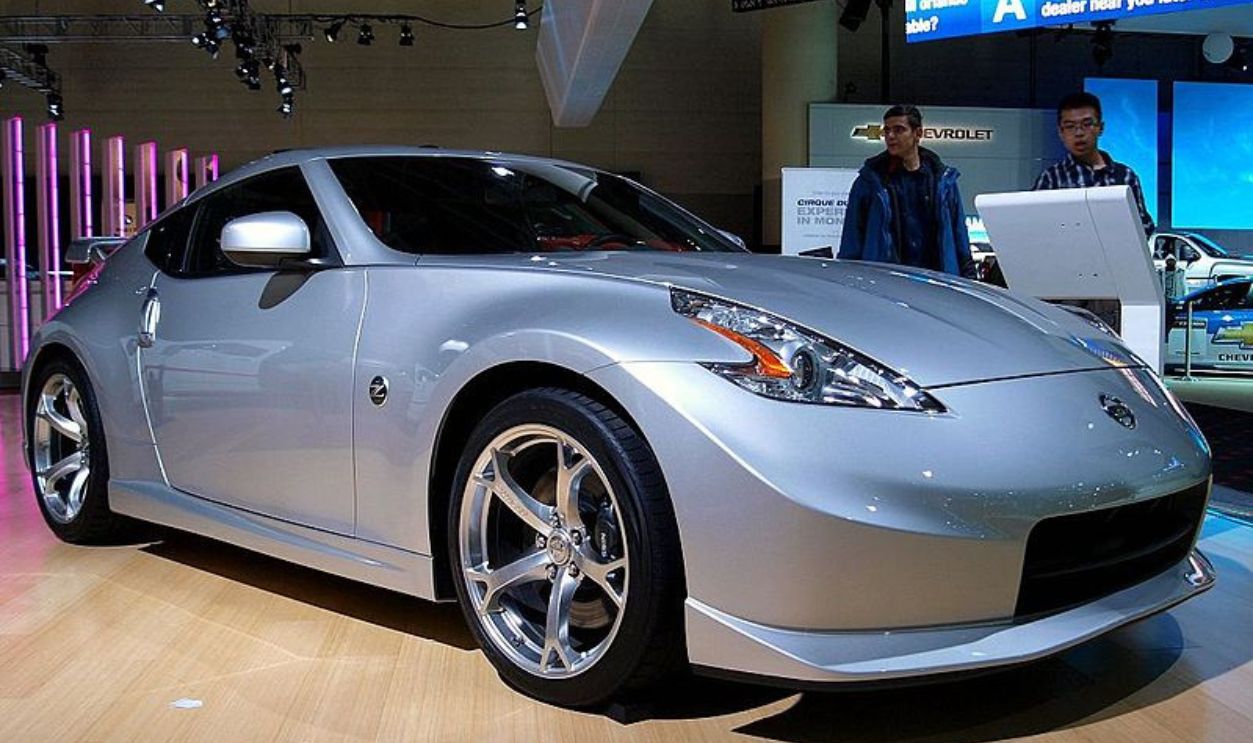 Michael Gil, CC BY 2.0, Wikimedia Commons
Michael Gil, CC BY 2.0, Wikimedia Commons
Chevrolet Camaro
Although it had a sporty look, this car featured a low stance and a raked windshield. So, according to Consumer Reports, these elements have caused the Chevrolet Camaro to be rated as one of the worst sporty cars in terms of visibility.
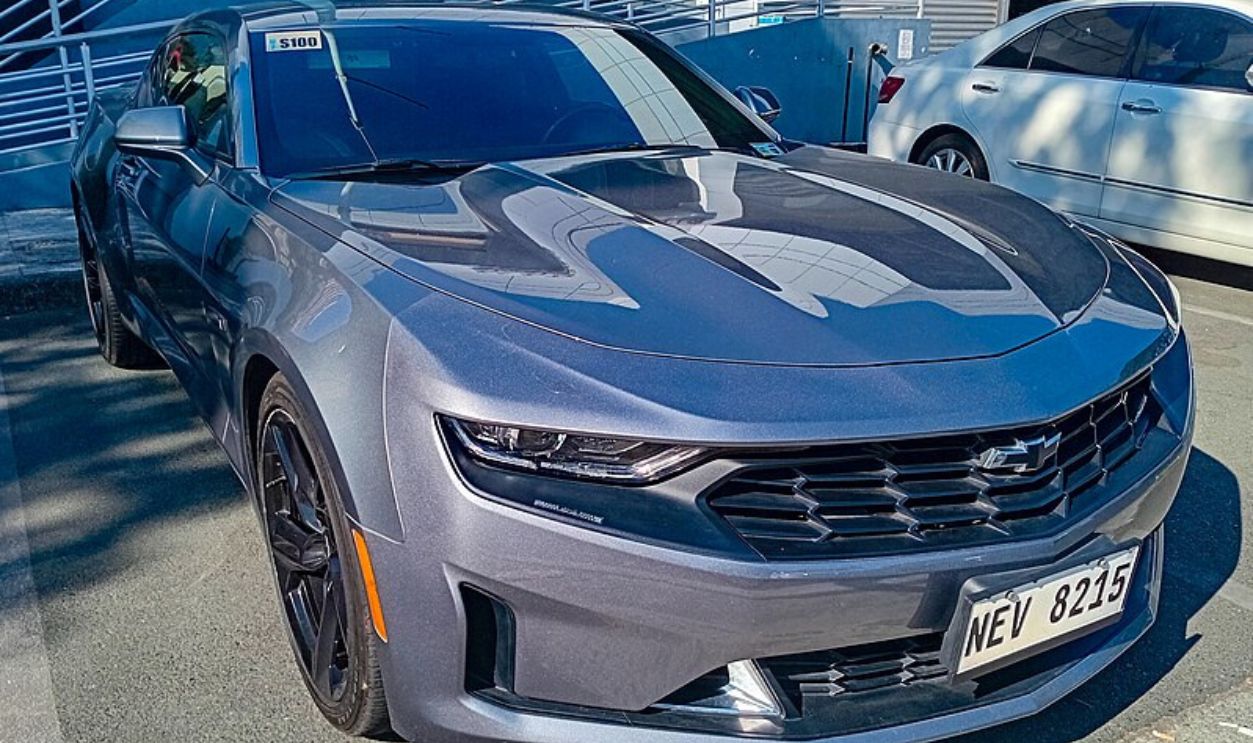 Ethan Llamas, CC BY-SA 4.0, Wikimedia Commons
Ethan Llamas, CC BY-SA 4.0, Wikimedia Commons
Chevrolet Camaro (Cont.)
Based on reports, the car's thick pillars and small rear window also bring blind spot problems. Besides, the 2021 Chevrolet Camaro had a 2.0-liter turbocharged inline-4 engine that pumped out around 275 horsepower and 295 lb-ft of torque.
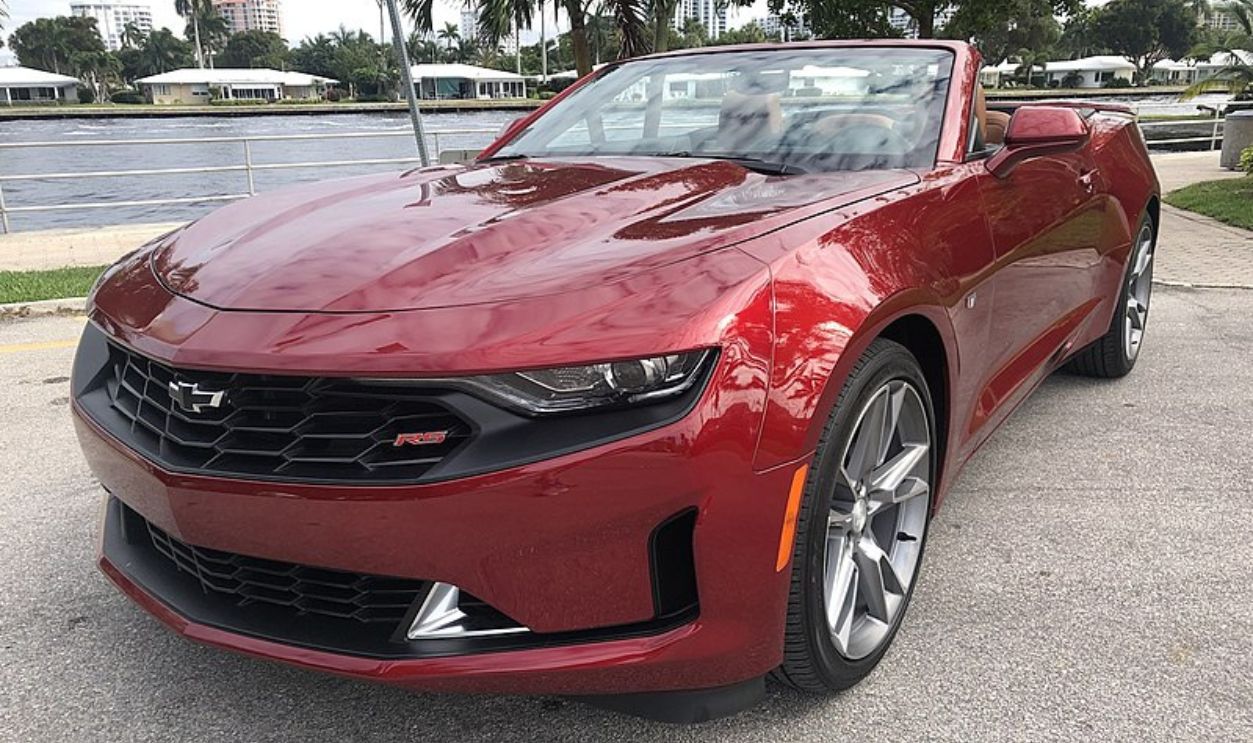 JellyNinjaWiki, CC BY-SA 4.0, Wikimedia Commons
JellyNinjaWiki, CC BY-SA 4.0, Wikimedia Commons
Toyota Tundra
Some recent models of the Tundra bring in elevated height that causes a higher driving position. This can draw blind spots not only for the driver but also for other road users. The truck's size itself makes it tough to judge how far away smaller cars are.
Toyota Tundra (Cont.)
Similarly, the car's headrests are made for safety but can further obstruct rear visibility, mainly when looking back while reversing. Anyway, the Tundra packs a twin-turbo 3.5-liter V6 engine that cranks out up to 389 horsepower and 479 lb-ft of torque.
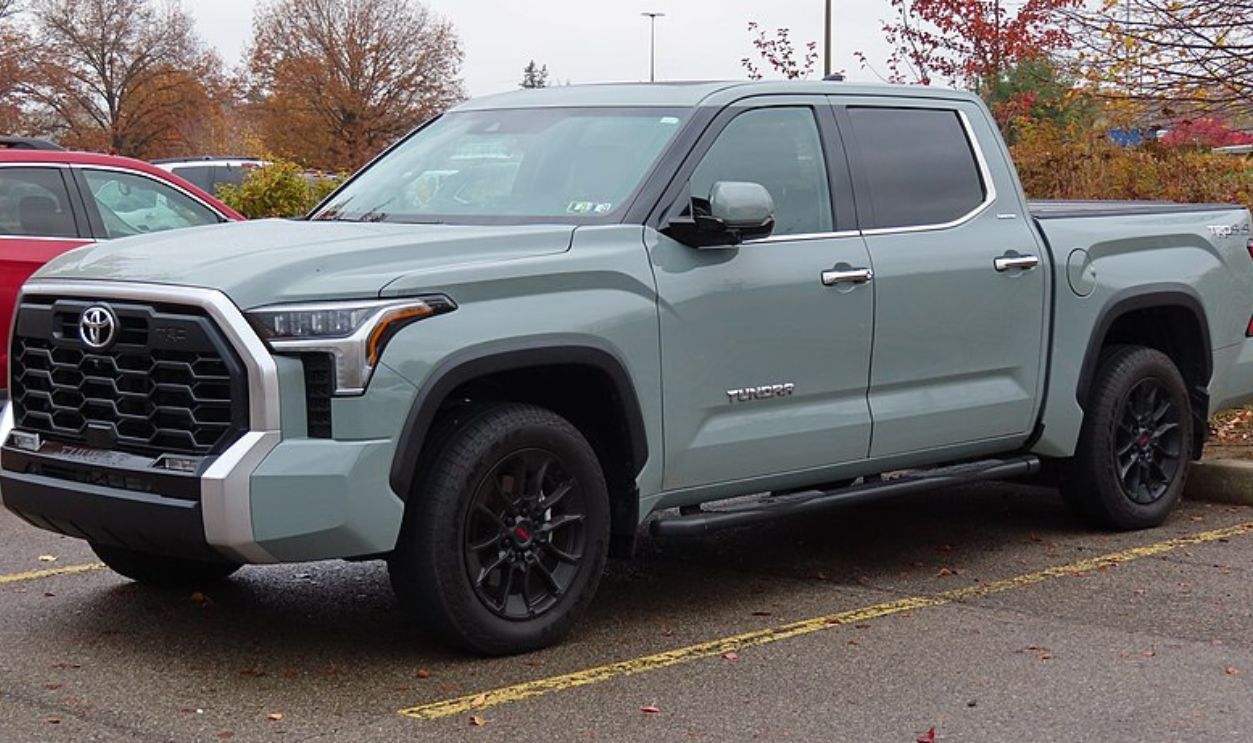 MercurySable99, CC BY-SA 4.0, Wikimedia Commons
MercurySable99, CC BY-SA 4.0, Wikimedia Commons
Mazda MX-5 Miata (Hardtop)
The RF model came with a sloped roof that made it tough to see, especially while switching lanes. Also, the rear window of the hardtop was relatively small, with the presence of thick C-pillars that could further obstruct the driver's view.
Mazda MX-5 Miata (Hardtop) (Cont.)
This car was available with a 6-speed manual transmission and with an optional 6-speed automatic. It is said that the car's hardtop could be retracted in about 13 seconds, even while driving at speeds up to 6 mph, with a horsepower of 181.
Chevrolet Corvette C8
According to reports, the relocation of the engine to the rear of the automobile led to a design that compromised outward visibility. This change brought a larger blind spot when changing lanes. The C8 also had tiny rear windows and a rear quarter window.
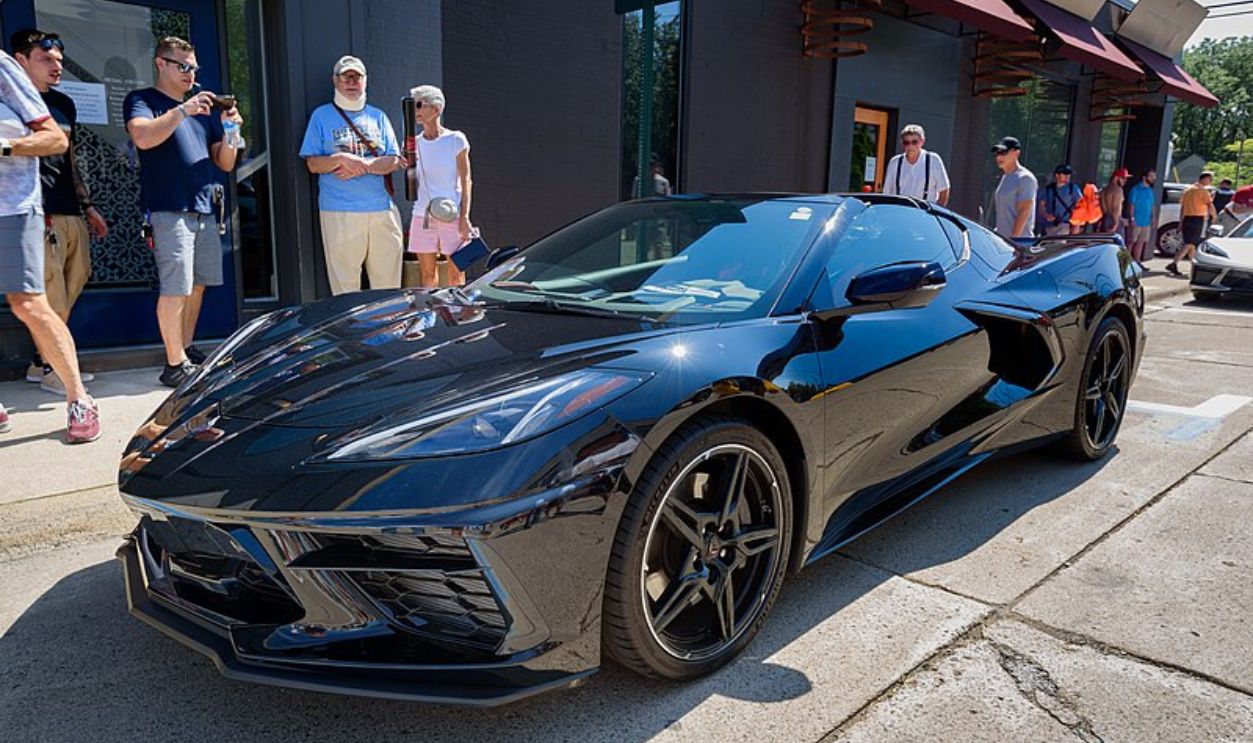 Mustang Joe, CC0, Wikimedia Commons
Mustang Joe, CC0, Wikimedia Commons
Chevrolet Corvette C8 (Cont.)
These windows were often described as "fake". However, to address these visibility issues, the C8 now comes with a Side Blind Zone Alert system as standard on the 2LT and 3LT trims. However, this system is not available in the base 1LT trim.
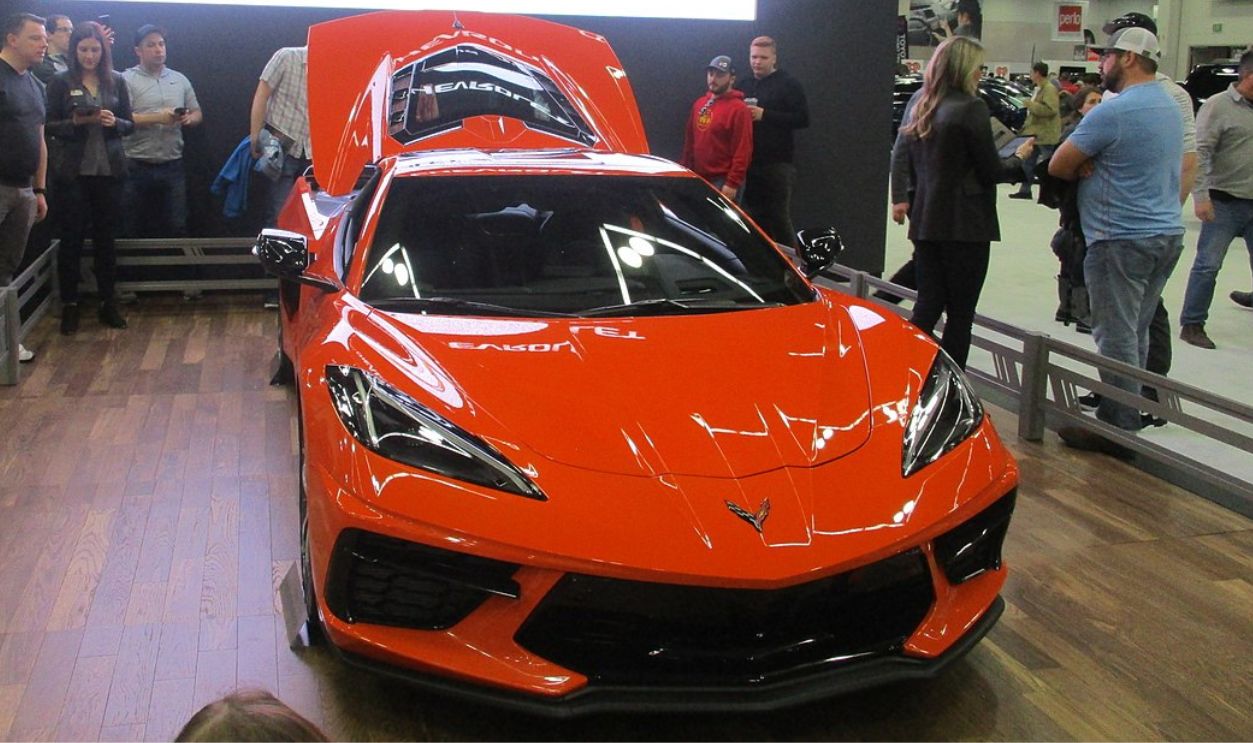 1994McLarenF1, CC BY-SA 4.0, Wikimedia Commons
1994McLarenF1, CC BY-SA 4.0, Wikimedia Commons
Chrysler 300
The Chrysler 300 is known for its upscale interior, consisting of high-quality materials and comfortable seating. It also displayed a Uconnect infotainment system with an 8.4-inch touchscreen. The ingrained engine was a standard 3.6-liter V6.
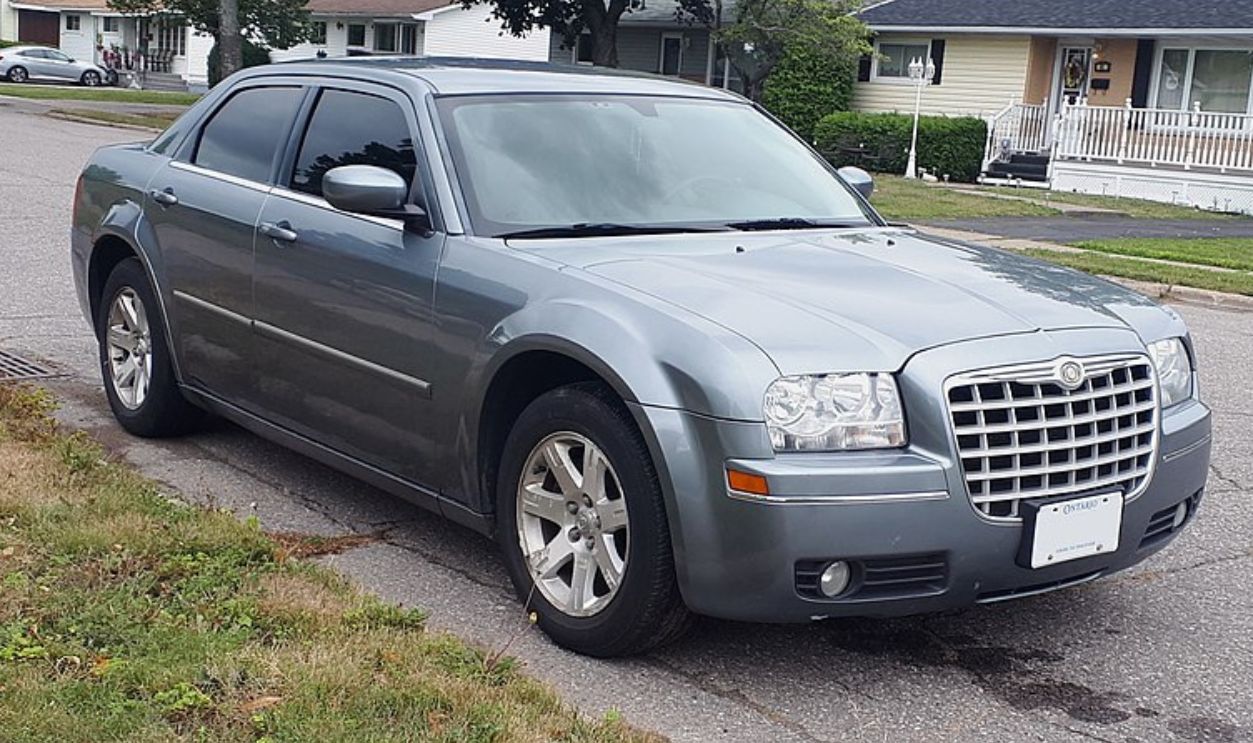 SsmIntrigue, CC BY-SA 4.0, Wikimedia Commons
SsmIntrigue, CC BY-SA 4.0, Wikimedia Commons
Chrysler 300 (Cont.)
It produced around 292 horsepower. In terms of blind spot problems, the Chrysler 300 had thick A and C pillars. To add to that, the sedan's low seating position and design of the rear window, with those large headrests, just made it a lot more complicated.
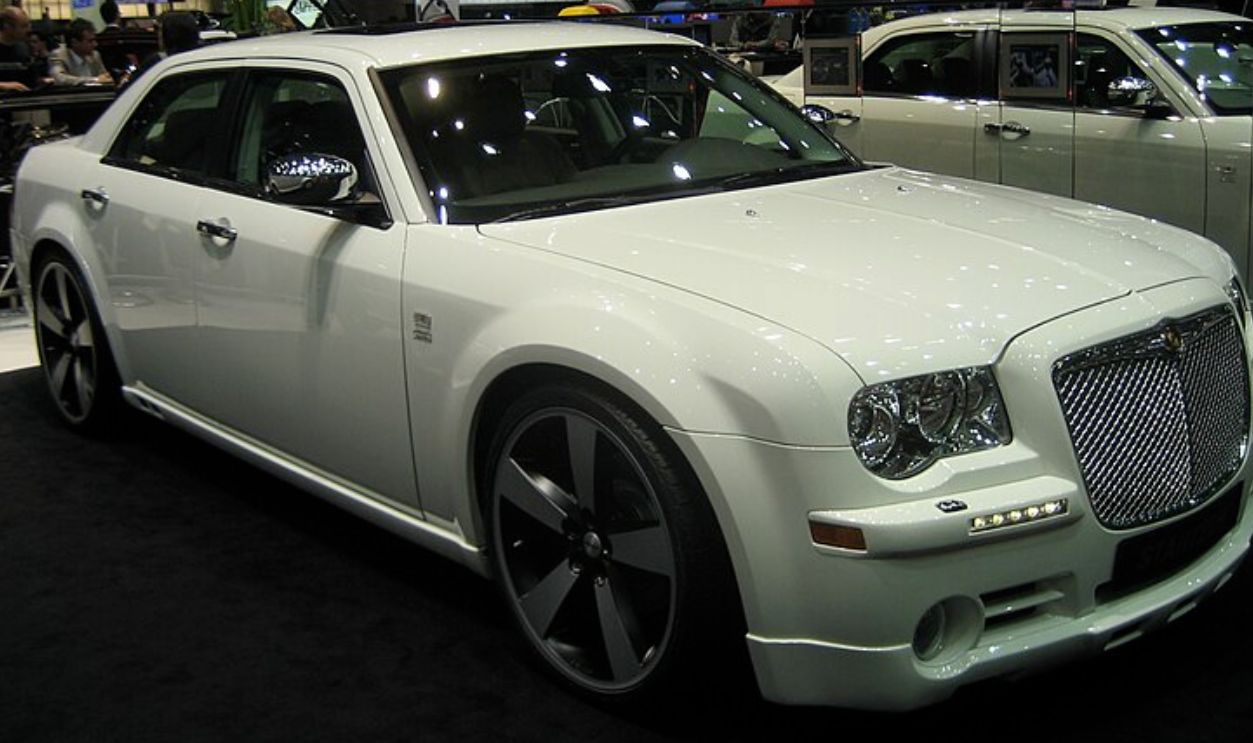 Paul Stocker, CC BY 2.0, Wikimedia Commons
Paul Stocker, CC BY 2.0, Wikimedia Commons
Toyota C-HR
Of course, the Toyota C-HR is famous for its stylish design, but it also faces visibility challenges due to its structural features. It has a raked windshield that displays a narrower view out the front. This can end up feeling restrictive.
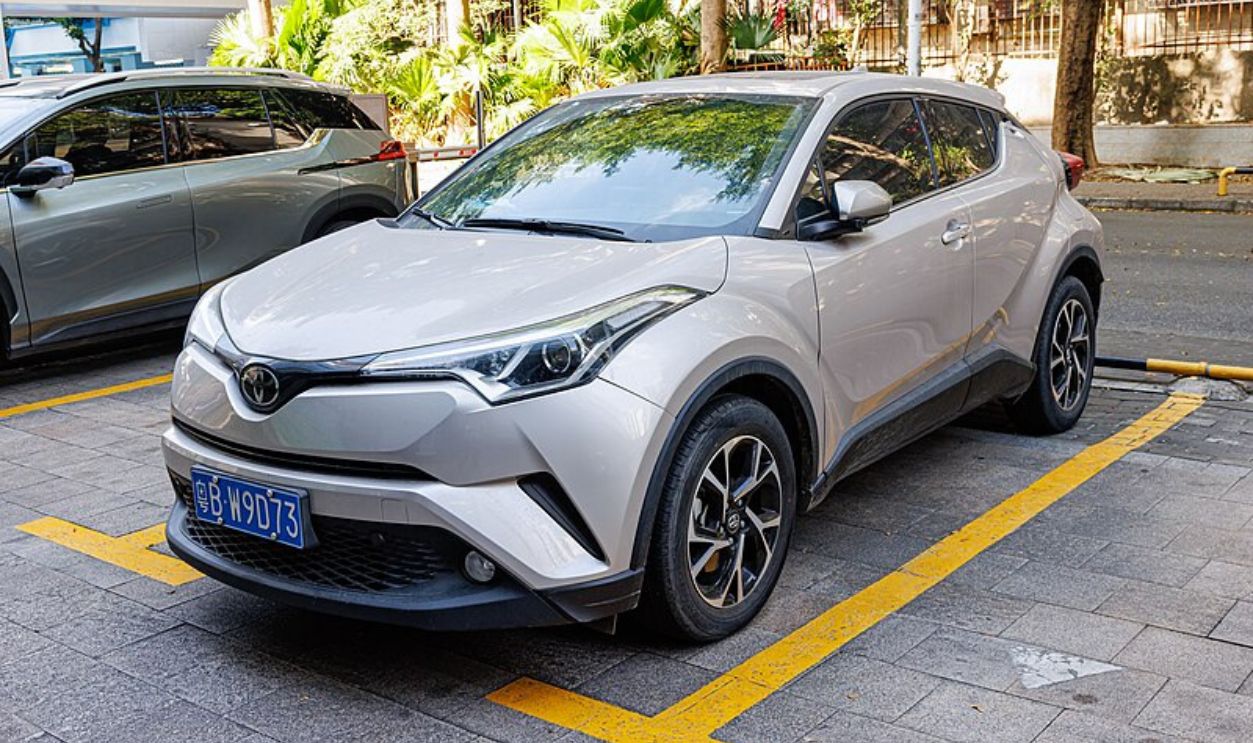 Dinkun Chen, CC BY-SA 4.0, Wikimedia Commons
Dinkun Chen, CC BY-SA 4.0, Wikimedia Commons
Toyota C-HR (Cont.)
Additionally, parking maneuvers are made more difficult by the high beltline and narrow back windows as they reduce the rearview. Some drivers have even noted that the layout feels more like a coupe, leading to a sense of being "blindfolded”.
 Elise240SX, CC BY-SA 4.0, Wikimedia Commons
Elise240SX, CC BY-SA 4.0, Wikimedia Commons
Chevrolet Traverse
Everyone loves the Traverse for its spacious three-row seating that is able to accommodate eight passengers. The standard 3.6-liter V6 engine in the Traverse additionally generates 310 horsepower, which is suitable for daily driving and towing requirements.
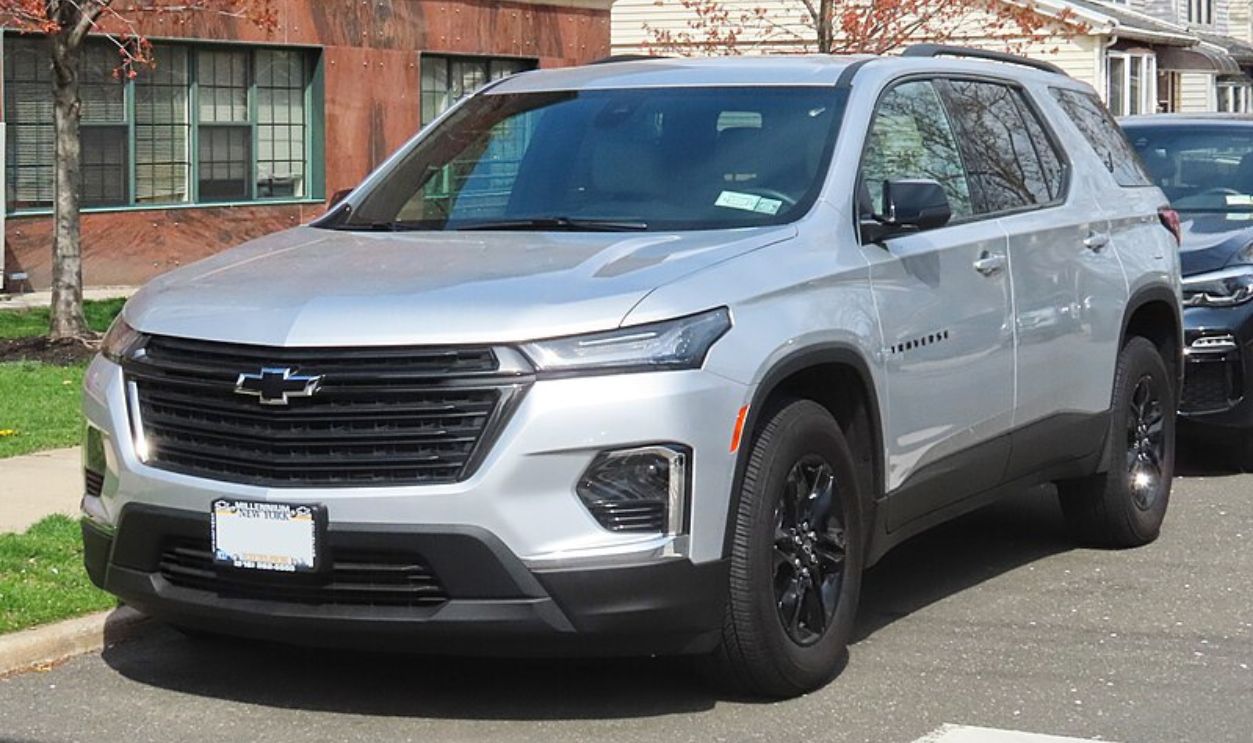 Kevauto, CC BY-SA 4.0, Wikimedia Commons
Kevauto, CC BY-SA 4.0, Wikimedia Commons
Chevrolet Traverse (Cont.)
Its amazing cargo space is 98.2 cubic feet. However, concerns have been reported about the thick A and C pillars and high rear sides. Such visibility issues indeed made folks lean more on safety features like blind-spot monitors and rearview cameras.
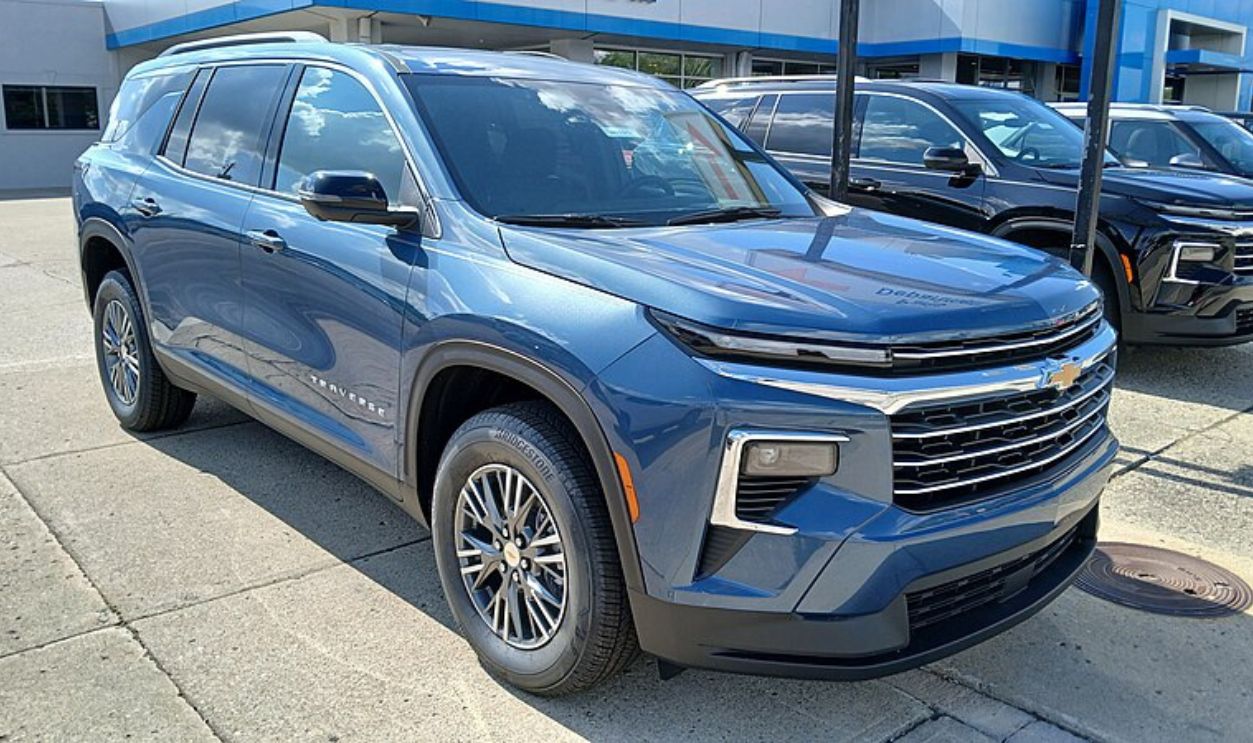 Deathpallie325, CC BY-SA 4.0, Wikimedia Commons
Deathpallie325, CC BY-SA 4.0, Wikimedia Commons
Dodge Challenger
Despite its compact appearance amidst other issues, the Challenger offers a spacious interior that can comfortably seat four adults. The car also featured a supercharged 6.2-liter HEMI V8 that pumped out around 807 horsepower in the Hellcat variant.
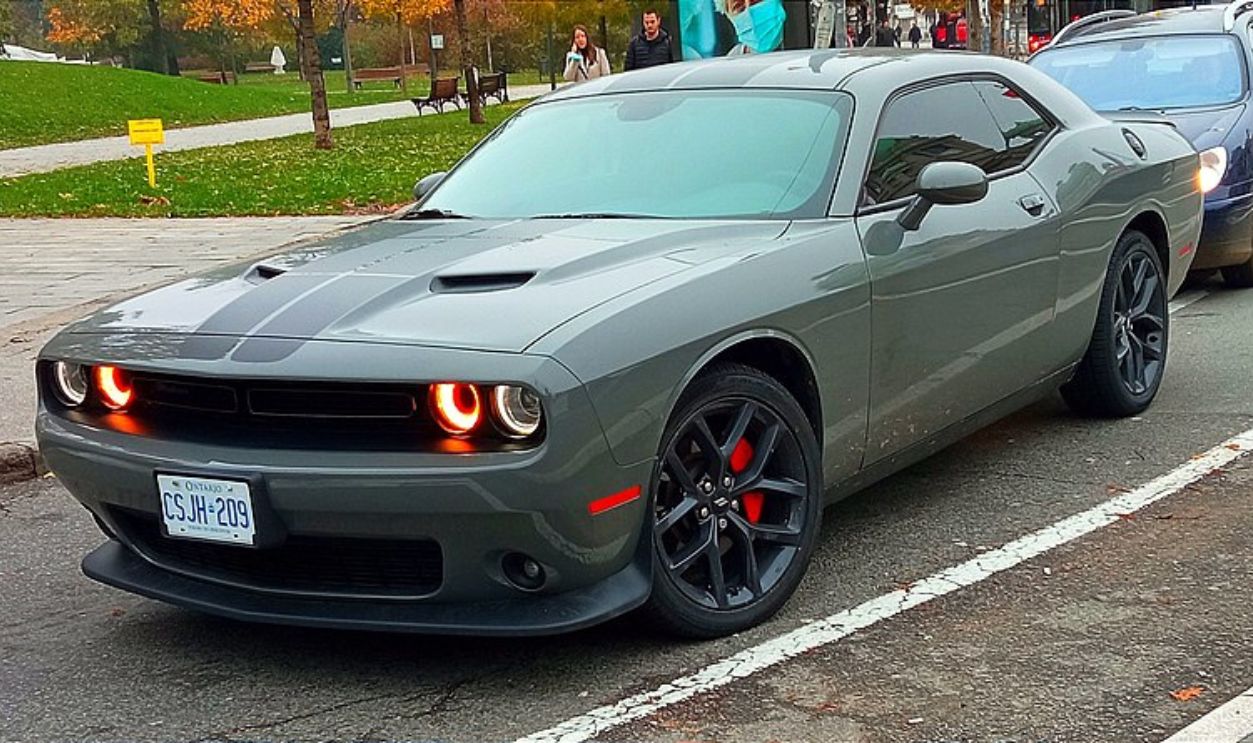 Andrej Danković, CC BY 3.0, Wikimedia Commons
Andrej Danković, CC BY 3.0, Wikimedia Commons
Dodge Challenger (Cont.)
So, the rear window, which was small and slanted, wouldn't allow you to merge into the traffic easily. Also, its rear pillars were quite fat. Besides, the Dodge Challenger has been produced in three generations, with the current generation introduced in 2008.
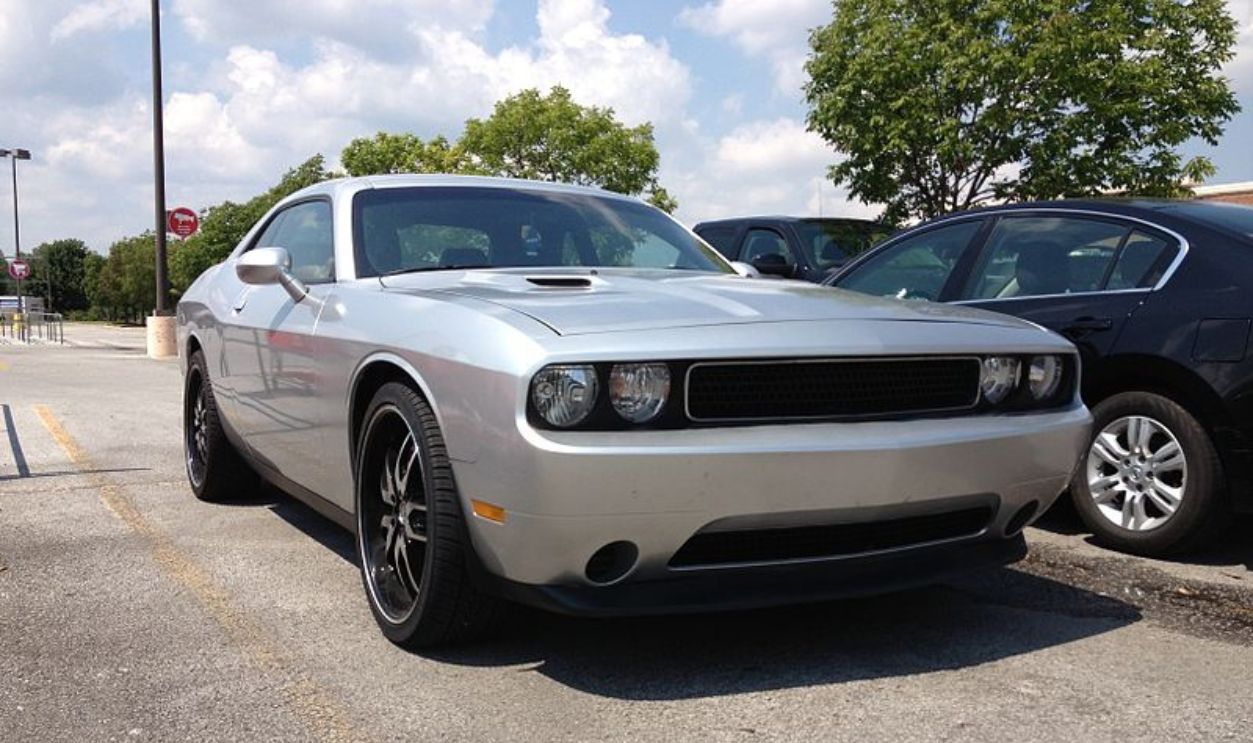 wallerdog, CC BY-SA 3.0, Wikimedia Commons
wallerdog, CC BY-SA 3.0, Wikimedia Commons
Chevrolet Silverado
Here is another popular full-size pickup truck known for its rugged capabilities. The Chevrolet Silverado had a bad height, which obviously didn't serve everyone well. It was a mess, especially when the driver was approaching intersections or tackling tight spaces.
Chevrolet Silverado (Cont.)
And then came the beefy pillars accompanied by the truck's large size, to cause more problems. The Silverado offered a good range of engine choices, though. These included a standard 2.7-liter turbocharged engine, a 5.3-liter V8, and a 6.2-liter V8.
 Kevauto, CC BY-SA 4.0, Wikimedia Commons
Kevauto, CC BY-SA 4.0, Wikimedia Commons
Toyota Supra
Apparently, the latest Supra models are noted for their thick A and C pillars and low seating positions, which add to the degraded forward visibility. Drivers would find it challenging to see over the dashboard and hood, especially when stopping at traffic lights.
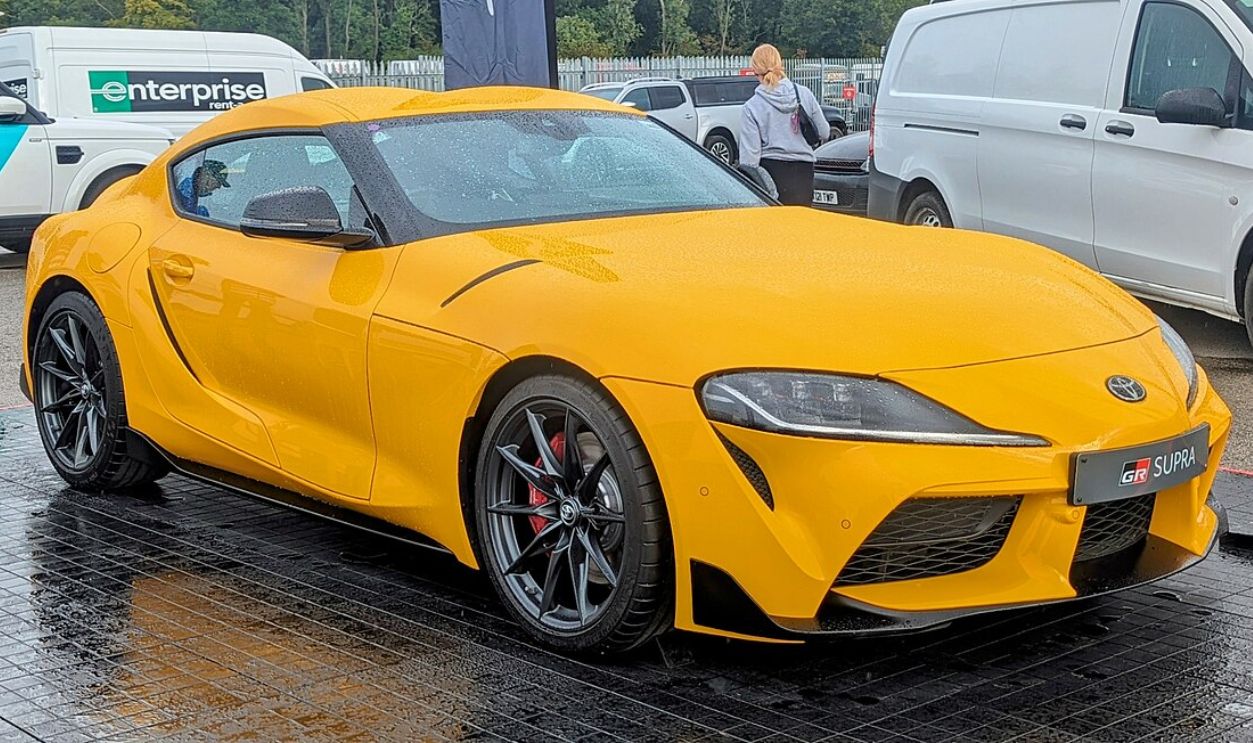 Calreyn88, CC BY-SA 4.0, Wikimedia Commons
Calreyn88, CC BY-SA 4.0, Wikimedia Commons
Toyota Supra (Cont.)
The tiny side and back windows make it even harder to see. A 3.0-liter inline-six engine that generates 382 horsepower and 368 lb-ft of torque powers the Supra. Also available is a 2.0-liter turbocharged inline-four engine that produces 255 horsepower.
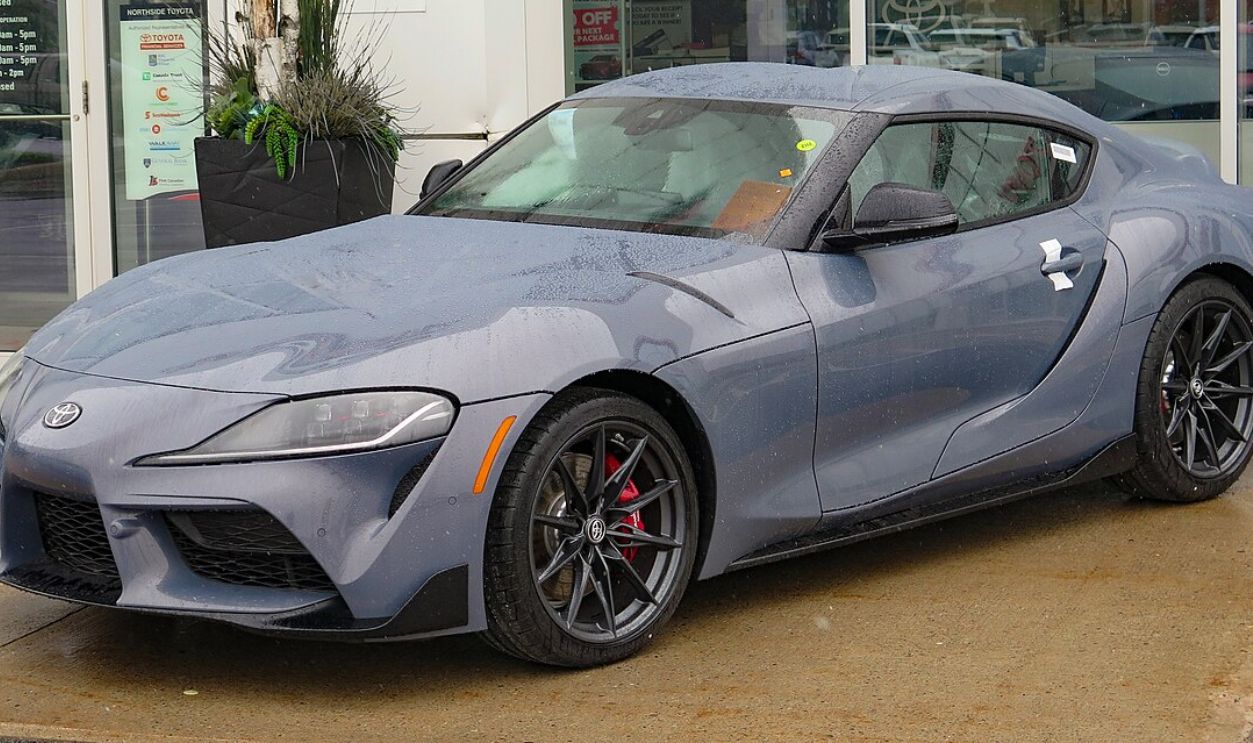 Elise240SX, CC BY-SA 4.0, Wikimedia Commons
Elise240SX, CC BY-SA 4.0, Wikimedia Commons
Mazda CX-30
The CX-30 possesses a high beltline, which can limit visibility to the sides. Thick rear C-pillars are also concerning, even though automakers frequently use C-pillar designs to mainly improve the vehicle's aesthetic appeal.
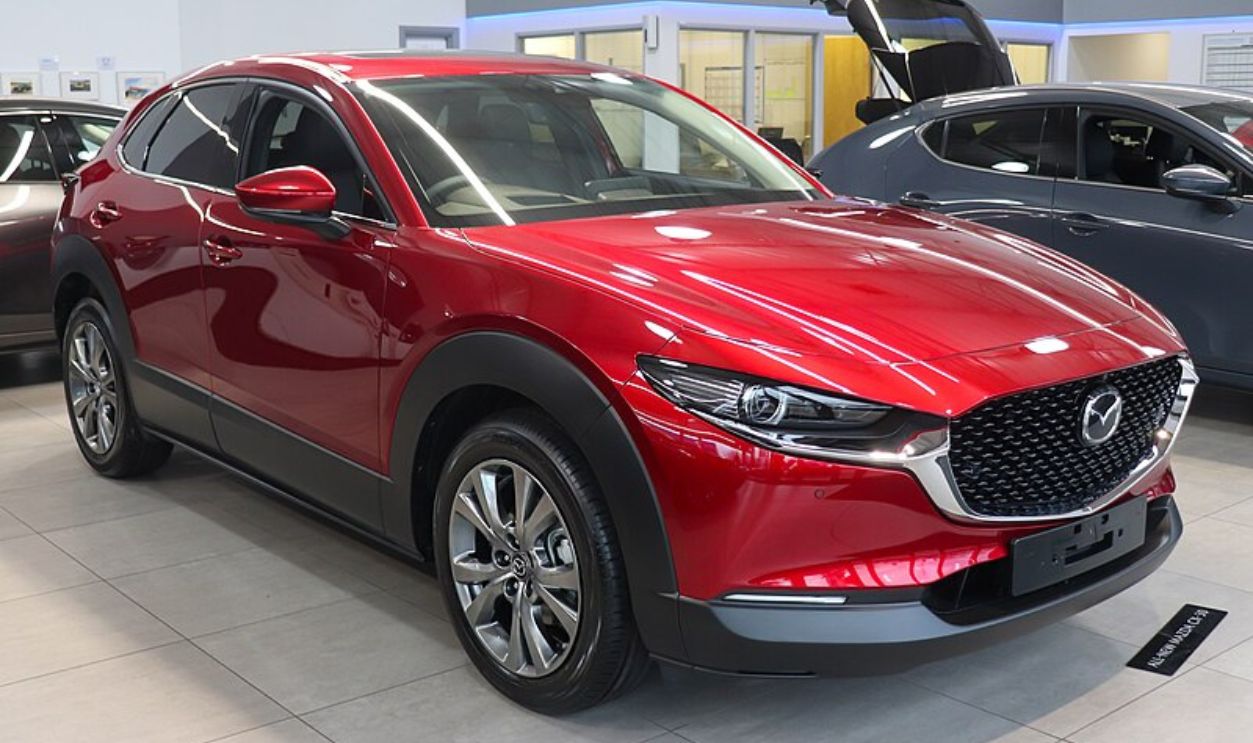 Vauxford, CC BY-SA 4.0, Wikimedia Commons
Vauxford, CC BY-SA 4.0, Wikimedia Commons
Mazda CX-30 (Cont.)
Anyway, fuel efficiency and balanced performance are provided by the CX-30's 2.5-liter four-cylinder engine, which gives out 186 horsepower. Inside, you will also find an 8.8-inch infotainment screen controlled via a dial between the front seats.
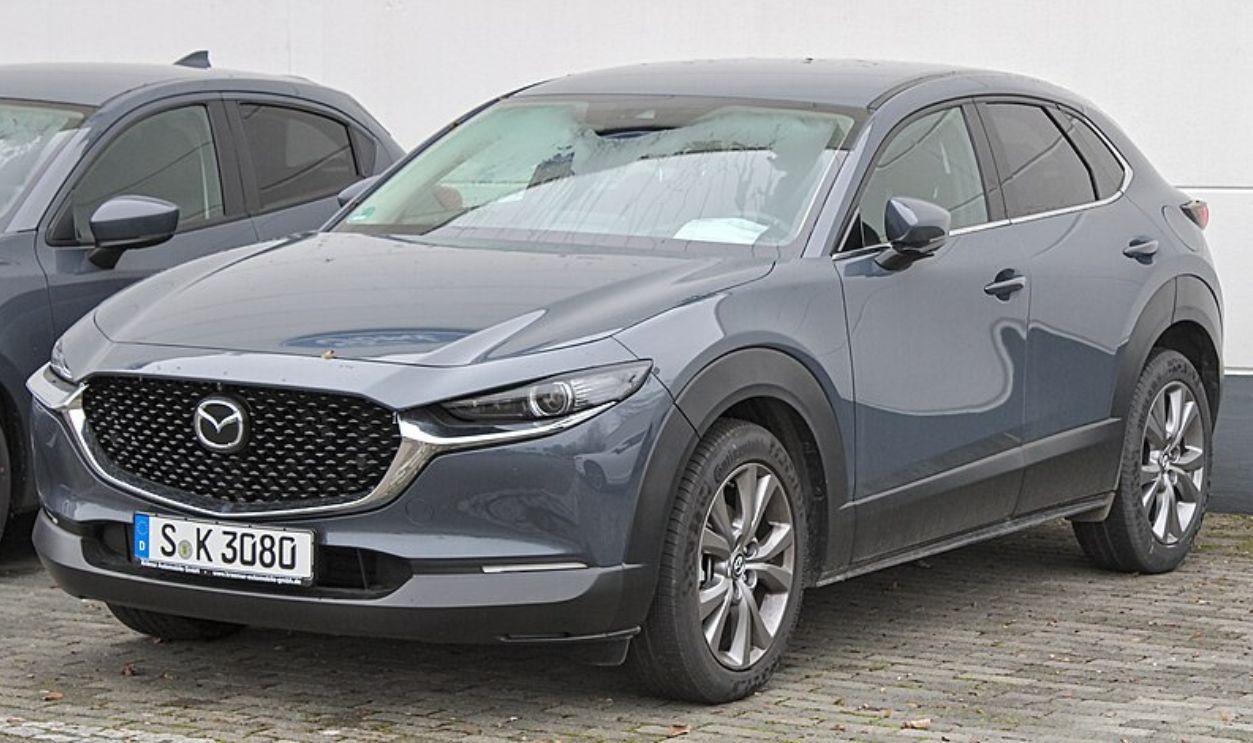 Alexander Migl, CC BY-SA 4.0, Wikimedia Commons
Alexander Migl, CC BY-SA 4.0, Wikimedia Commons


